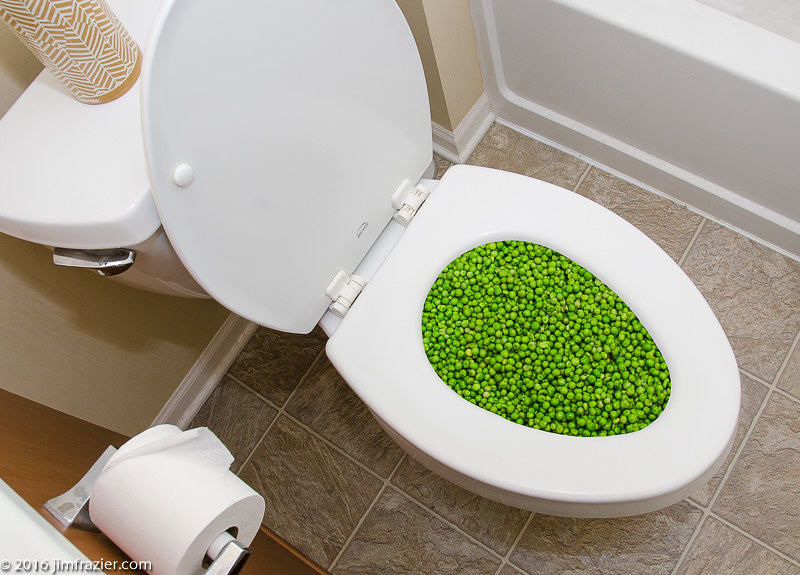What're your beliefs about Flushing Food Down the Toilet??

Intro
Many individuals are commonly confronted with the dilemma of what to do with food waste, specifically when it concerns leftovers or scraps. One common inquiry that develops is whether it's okay to purge food down the commode. In this short article, we'll explore the reasons why individuals might take into consideration flushing food, the effects of doing so, and different methods for proper disposal.
Reasons people might take into consideration flushing food
Absence of understanding
Some individuals might not know the potential harm caused by flushing food down the commode. They may mistakenly believe that it's a harmless technique.
Ease
Flushing food down the bathroom may seem like a fast and easy remedy to throwing away unwanted scraps, specifically when there's no nearby trash bin readily available.
Idleness
In many cases, people might simply choose to flush food out of large idleness, without considering the consequences of their activities.
Repercussions of flushing food down the bathroom
Ecological effect
Food waste that winds up in waterways can add to contamination and harm marine ecosystems. Additionally, the water made use of to flush food can stress water resources.
Plumbing problems
Purging food can result in blocked pipes and drains, triggering pricey pipes repair services and hassles.
Kinds of food that need to not be purged
Coarse foods
Foods with fibrous appearances such as celery or corn husks can obtain entangled in pipes and trigger blockages.
Starchy foods
Starchy foods like pasta and rice can take in water and swell, causing obstructions in pipes.
Oils and fats
Greasy foods like bacon or food preparation oils ought to never be purged down the toilet as they can strengthen and trigger clogs.
Correct disposal methods for food waste
Making use of a waste disposal unit
For homes furnished with garbage disposals, food scraps can be ground up and purged via the pipes system. Nevertheless, not all foods appropriate for disposal in this way.
Recycling
Certain food packaging products can be recycled, lowering waste and reducing environmental influence.
Composting
Composting is an eco-friendly method to deal with food waste. Organic materials can be composted and used to enrich soil for horticulture.
The value of correct waste monitoring
Decreasing ecological damage
Appropriate waste monitoring practices, such as composting and recycling, help lessen contamination and protect natural resources for future generations.
Protecting pipes systems
By staying clear of the practice of flushing food down the commode, house owners can protect against expensive pipes repairs and keep the stability of their pipes systems.
Verdict
To conclude, while it might be tempting to purge food down the commode for comfort, it is very important to understand the possible repercussions of this action. By adopting appropriate waste administration methods and throwing away food waste sensibly, individuals can contribute to much healthier pipes systems and a cleaner atmosphere for all.
FLUSH FOOD DOWN THE TOILET?
FLUSHING FOOD CAN CAUSE BLOCKED DRAINS IN YOUR HOME
All of the plumbing fixtures in your home are connected to the same sewer pipe outside of your home. This outdoor sewer pipe is responsible for transporting all the wastewater from your home to the Council sewer mains. Even small pieces of food that go down the kitchen sink can cause problems for your sewer. It should therefore be obvious that flushing larger bits of food, such as meat, risks a clog in either the toilet itself or the sewer pipes. Flushing greasy food is even more problematic because oil coagulates when it cools, coating the interior lining of your pipes.
THE TOILET IS NOT A BIN
Food isn’t the only thing that people shouldn’t be flushing down the toilet. People use the toilet to dispose of all kinds of things such as tampons, makeup wipes, dental floss, kitty litter and even underwear. Water goes to great lengths to educate residents about the high costs and stress placed on wastewater treatment systems simply from people flushing the wrong stuff down the toilet. It costs taxpayers millions of dollars each year, and homeowners thousands in blocked drain repairs.
FLUSHING FOOD IS A WASTE OF WATER
Flushing food is a waste of our most precious resource - water. In June this year Level 1 water restrictions were introduced to protect water supply from drought conditions. Much of New South Wales continues to be affected by prolonged drought with recent figures revealing up to 97 per cent of the state remains in drought. Depending on whether you have a single or dual flush toilet, every single flush uses between five and 11 litres of water. In the current climate this is a huge amount of water to be wasting on flushing food that should be placed in the bin (or better yet, the compost).
https://www.jabplumbingsolutions.com.au/blog/can-you-flush-food-down-the-toilet

Do you like reading about Is it safe to flush food (especially rice) down the toilet?? Post feedback further down. We would be glad to see your insights about this blog entry. Hoping to see you back again soon. Sharing is nice. You just don't know, you may just be helping someone out. We thank you for reading our article about Is it safe to flush food (especially rice) down the toilet?.
Go Deal